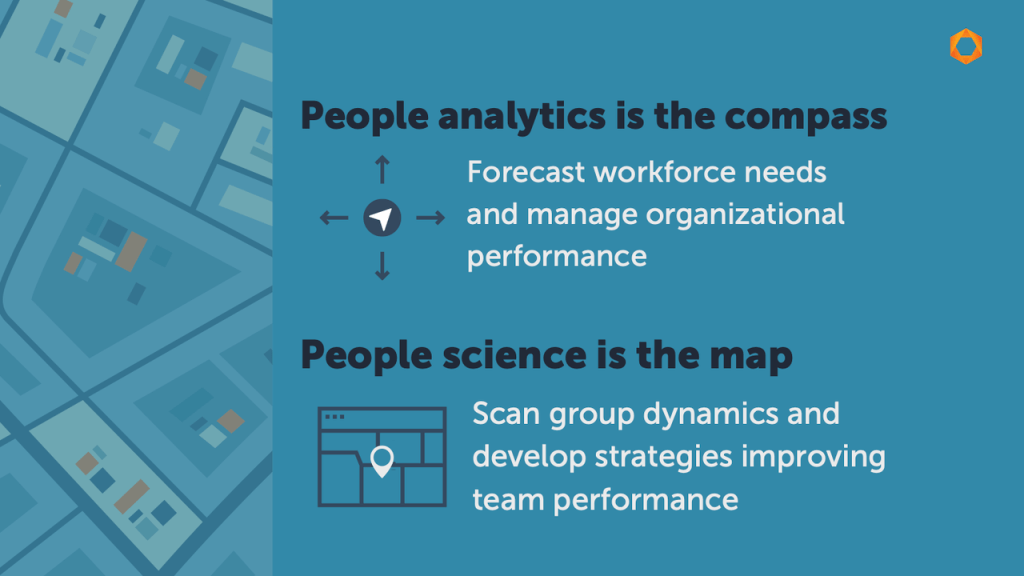Businesses rely on high-performing leaders and their teams to drive performance.
In my experience, many HR teams need help using data to drive insights and actions. But this is reversing thanks to people analytics.
Data-driven insights and action are critical.
People analytics aims to understand how employees contribute to an organization’s success. It focuses on employee development, engagement, performance, and retention. People analytics leaders use data to optimize workforce strategies, enhancing organizational effectiveness. Today, this field has evolved as a new discipline of people science.
The science of people at work
People science is a growing field focused on people and teams at work as complex and interconnected systems. People science provides a deep understanding of people in the world of work. The science-based approach leads to understanding how individuals perform in teams and organizations. It explores issues such as team performance and wellbeing. Learn more.
SYNERGIES
People analytics and people science are interconnected–one function cannot succeed without the other. Together, both help HR and business leaders drive goals and organizational performance.
Organizations, leaders, and teams work best when they combine analytics and science. This is like using a compass and a map when navigating unfamiliar terrain.
Compass. A compass helps travelers orient themselves and navigate toward a direction. People analytics helps organizations make decisions about human resources practices.
Map. A map gives travelers a big-picture view of their surroundings and helps plan routes. People science provides a broad perspective and deep understanding of people and systems.

A compass and map serve different purposes; both are essential for successful navigation. Image by paul tsagaroulis
Combining analytics and science is key. By doing so, organizations can chart a course for success while navigating the challenges. In turn, this maximizes opportunities for leaders and their teams.
MY BACKGROUND
I began my career in workforce analytics in 2003 in the HR department at Allstate Insurance. Employee engagement was popular, so we used surveys to measure it. Next, we focused on correlating employee engagement to business performance. In 2006, I moved to UBS as an HR analyst. Talent analytics was becoming mainstream, so we focused on assessing leadership benchstrength. By 2010, HR embraced big data, and the value of people analytics became real. By 2020, I started up two people analytics functions. One was in a federal agency; the other was for a company spinoff/IPO. Today, I lead the people data and analytics function at the University of Virginia.
